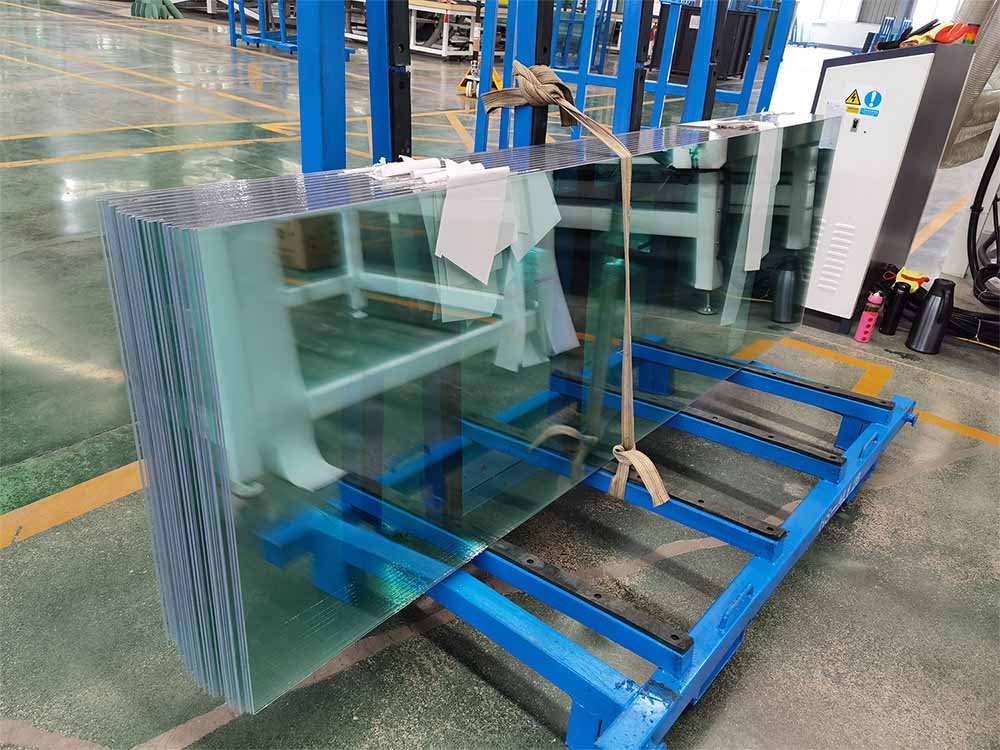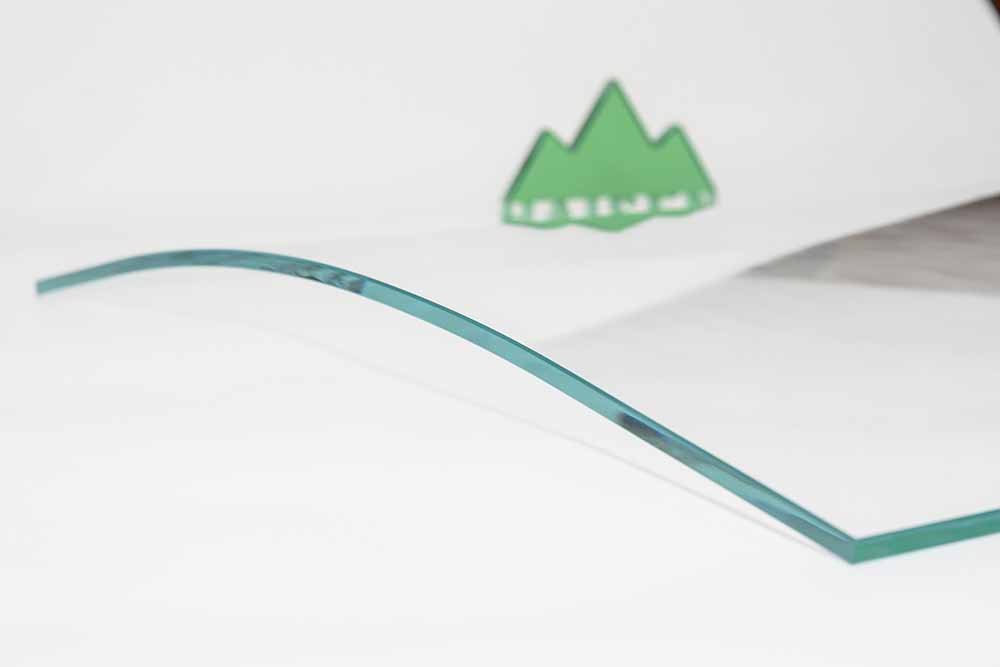As the glass is made, there are some nickel-containing impurities mixed in the melt-out of raw materials or refractory materials, etc. These impurities are used in the glass melting process to form nickel sulfide crystals with each other. Nickel sulfide crystals over 380 ℃ high temperature is the alpha phase state, at room temperature is the beta phase. When the nickel sulfide crystals from the alpha phase state, changing to the beta phase, the volume of the crystal will have a 2-4% change, causing the tempered glass spontaneous explosion of nickel sulfide crystals of an average diameter of 0. 2mm or so. Glass factory in the original glass forming, to go through a slow annealing process, nickel sulfide crystals basically does not affect the strength of the glass. But when the glass is tempered processing the situation is very different.

Due to the quenching process of tempered glass. In the cooling air under the action of the glass cooling rate is very fast, when the glass is cooled to room temperature, the structure is completely fixed after the alpha phase of nickel sulfide crystals are too late to convert to the low-temperature state of the beta phase, and still exist in the high-temperature alpha phase state. If the nickel sulfide crystals appear in the toughened glass tension zone, then as long as there is a crystalline transformation, it will certainly occur spontaneous explosion.
The spontaneous detonation of tempered glass at room temperature is also completely uncertain due to the variable timing of the crystal transition. Detonation treatment to reduce the probability of spontaneous detonation. The solution to the self-exploding tempered glass is to homogenize the tempered glass (that is, speaking of tempered glass reheated to 280-300 ° C, and then insulated for 2-4 hours, so that the conditions for self-exploding tempered glass burst in the process).
Tempered glass homogenization is also known as the detonation treatment of tempered glass or tempered glass heat soak treatment. According to the glass factory analysis, after the strict homogenization process, the probability of spontaneous detonation of tempered glass will be greatly reduced, each square meter of glass in a year, a piece of spontaneous detonation of Galen just one percent or less. Such tempered glass can only be called true safety glass.

What is glass tempering?
Glass tempering is divided into physical tempering and chemical tempering, physical tempering is more common, the glass in the physical tempering furnace after high material to get, physical tempering is very good for three percent and above the thickness of the glass, one percent and two percent of the glass can only be semi-tempered treatment, semi-tempered glass compared to fully tempered glass hardness strength is very small, but its safety factor will also be lower, to two percent of the thickness of the glass below the full tempering effect, you must use the chemical tempering way to tempering.
Chemical tempering is a simple low-temperature ion exchange of glass in an alkali salt solution at about 400°C. Chemical tempering is different from the principle of physical tempering, physical tempering is mainly used to strengthen glass with large thickness, while chemical tempering is used to strengthen glass with thin thickness, where the products often used for chemical tempered glass are cell phone glass, scanner glass, monitor glass, printer glass, plasma TV glass, etc. Chemical Chemical tempering is not necessarily only tempered thin glass, high thickness glass can also be better for full tempering, the advantage is that the tempering is flexible, suitable for different sizes, shapes and thicknesses of glass, processing range of 0.3-19 mm glass, compared to physical tempering its surface is smoother, better light transmission, and no self-explosion phenomenon occurs.